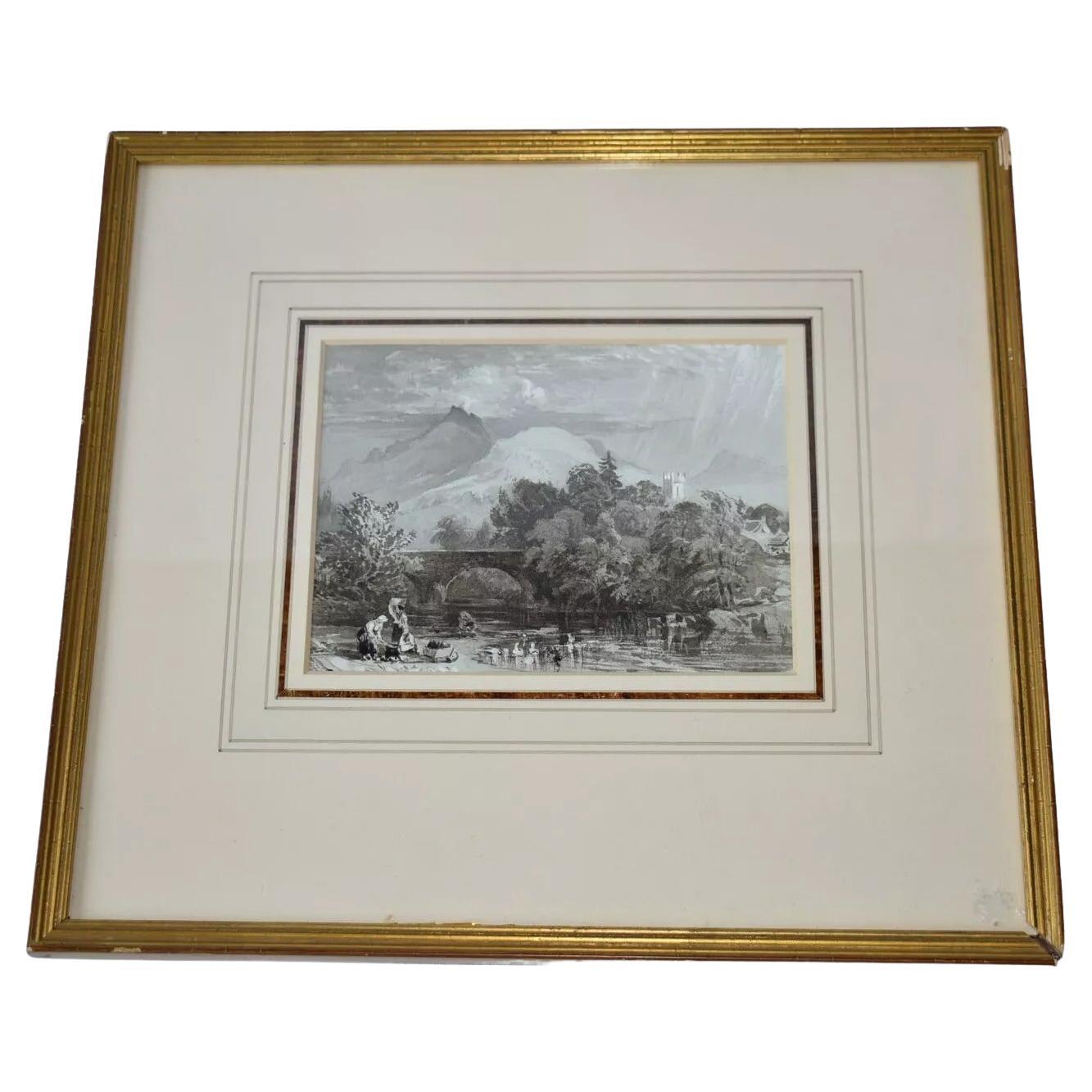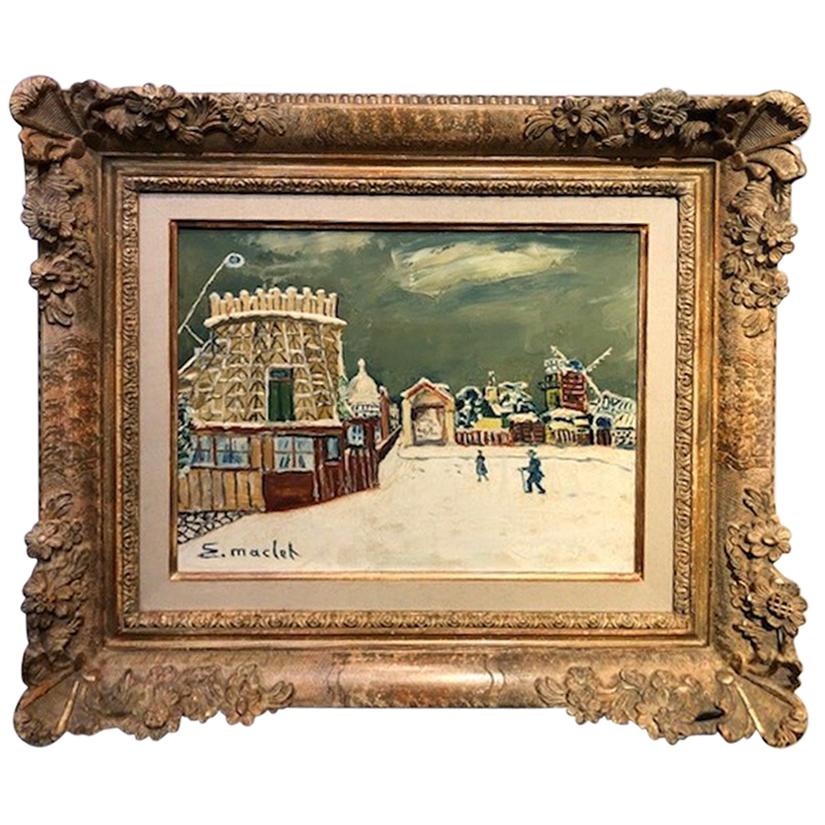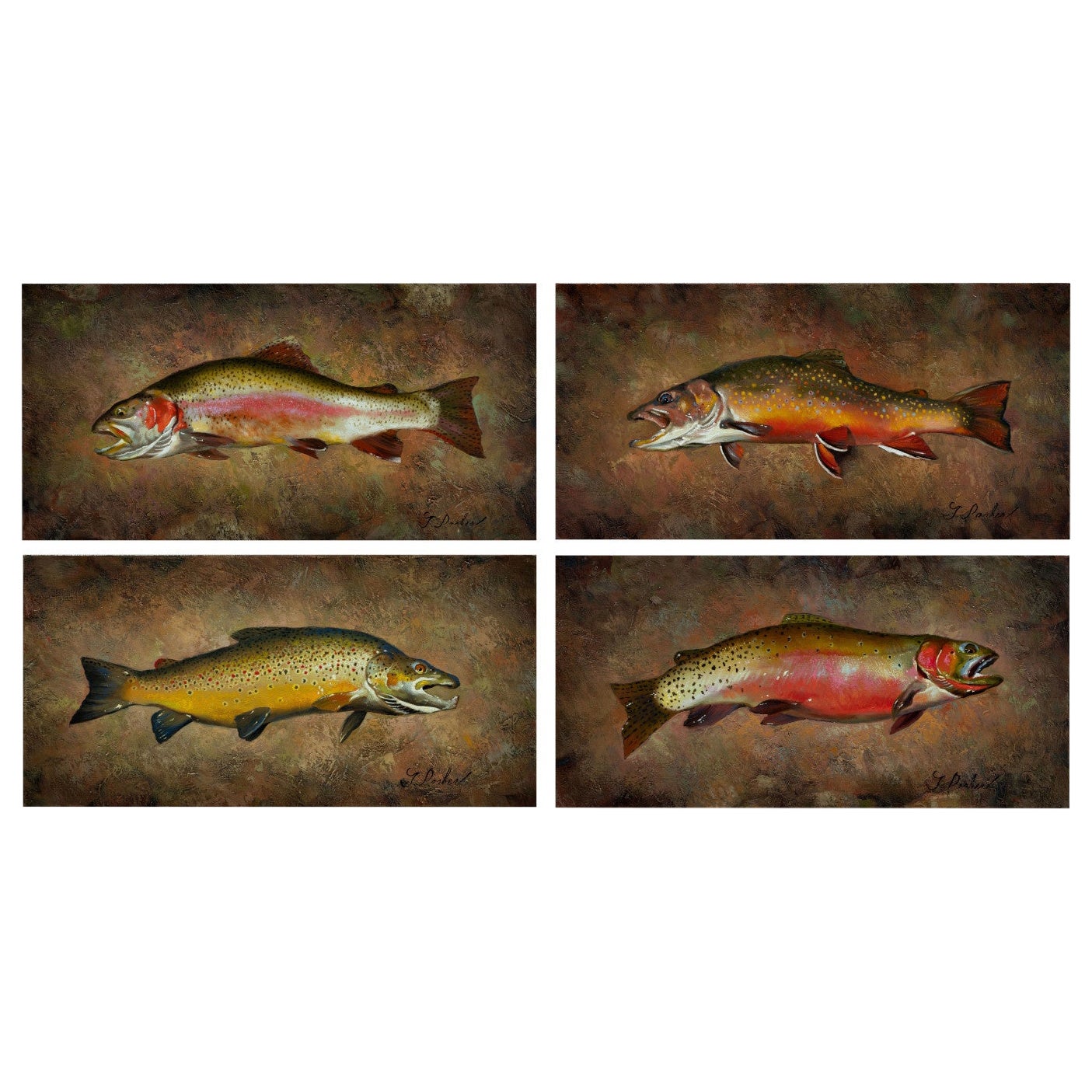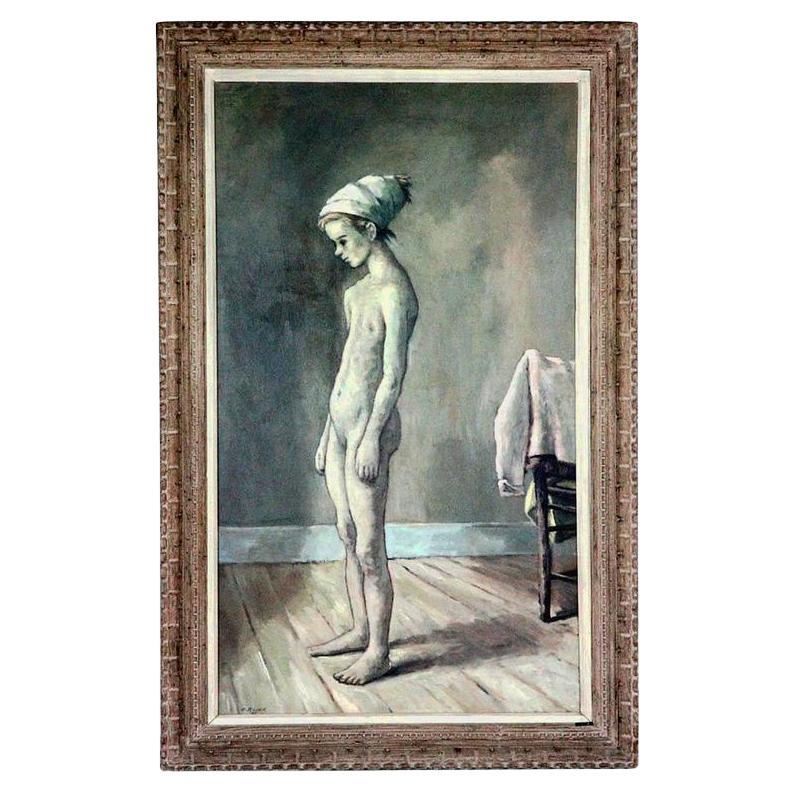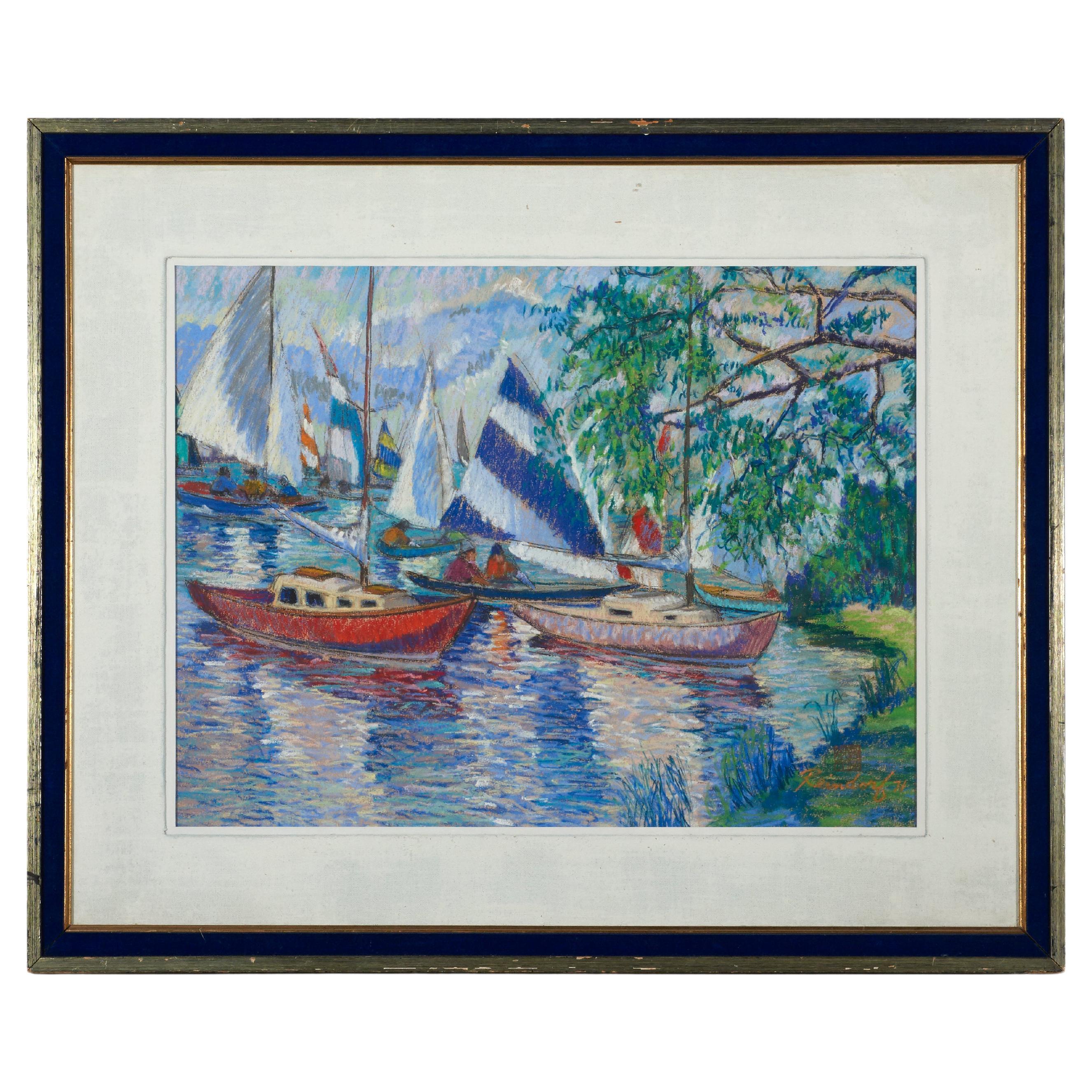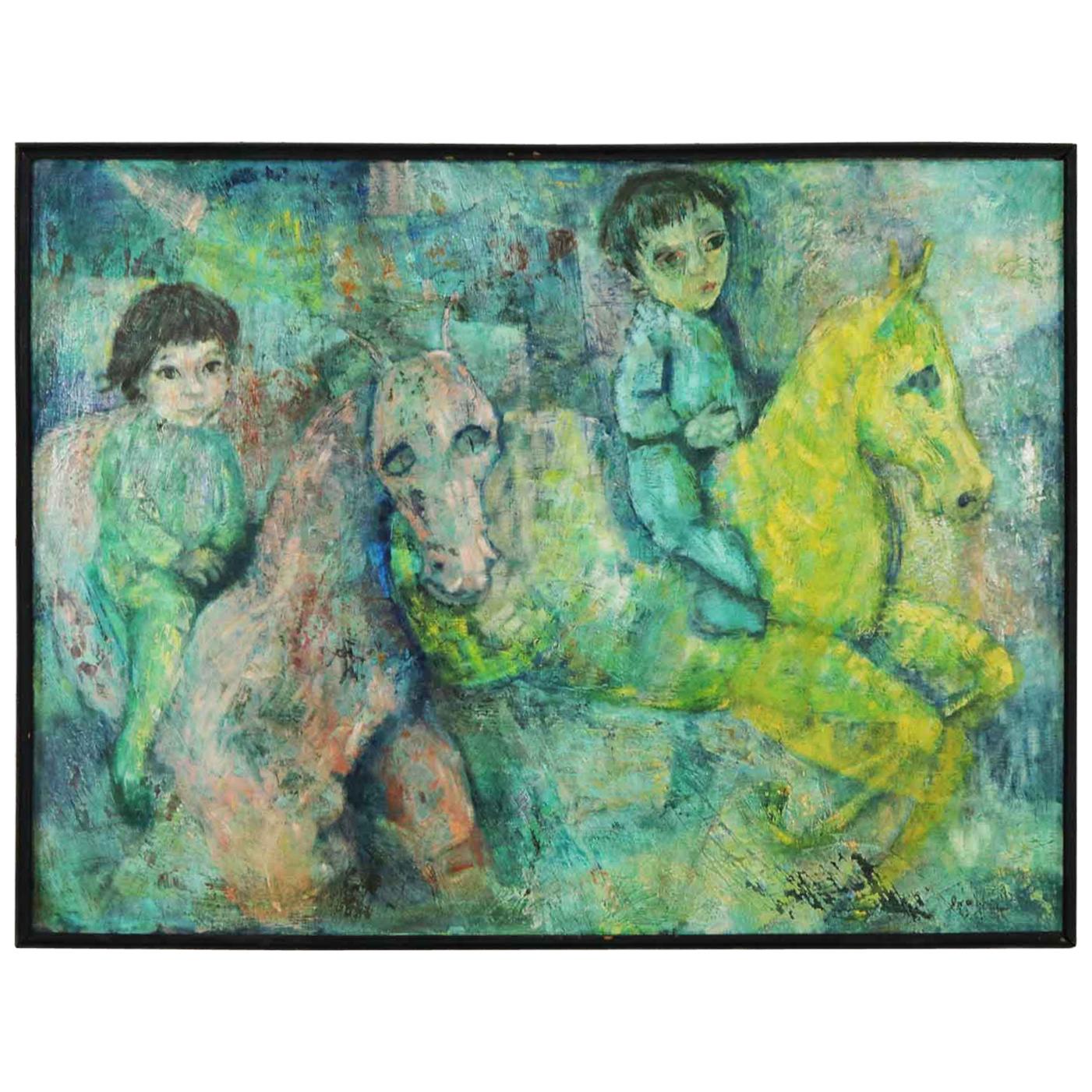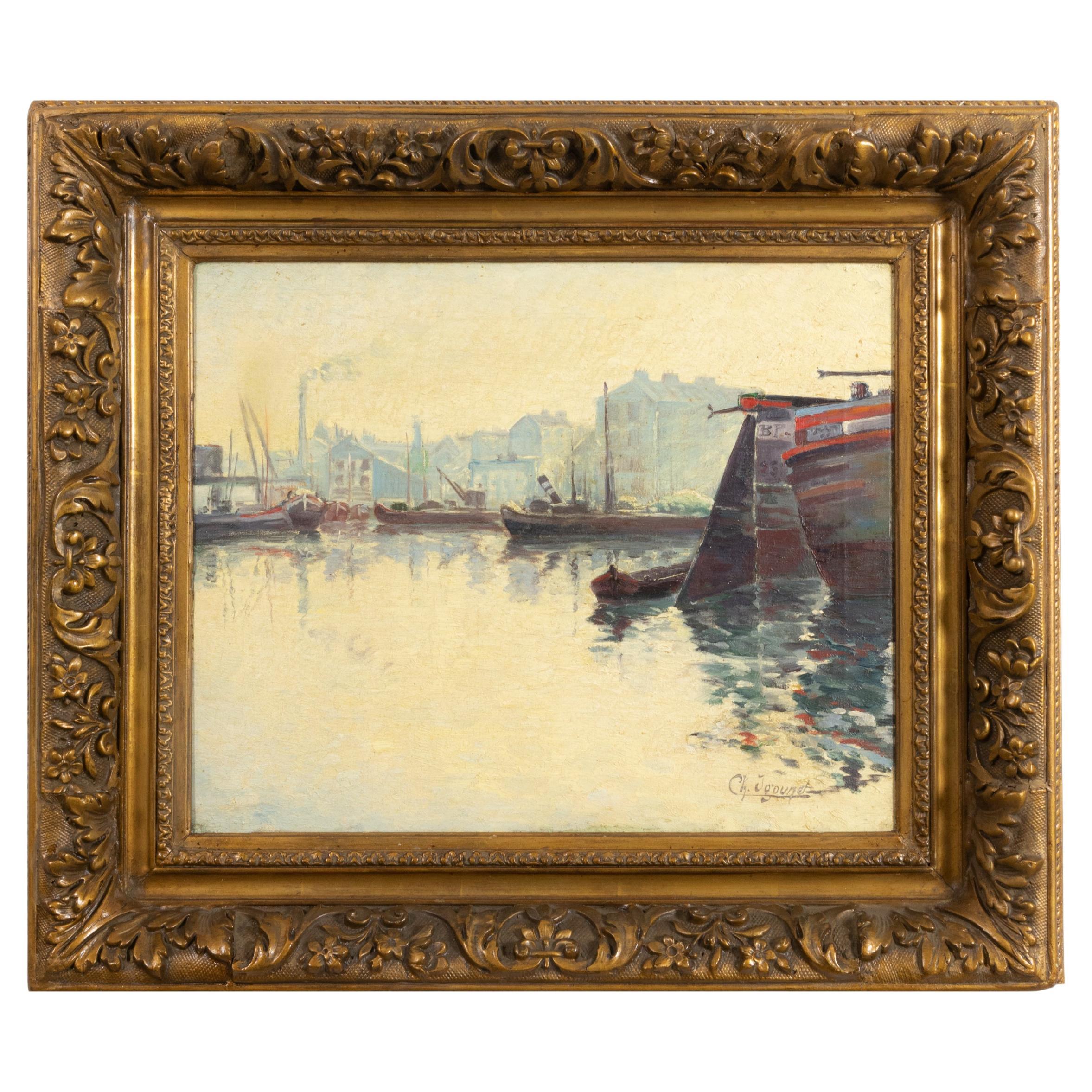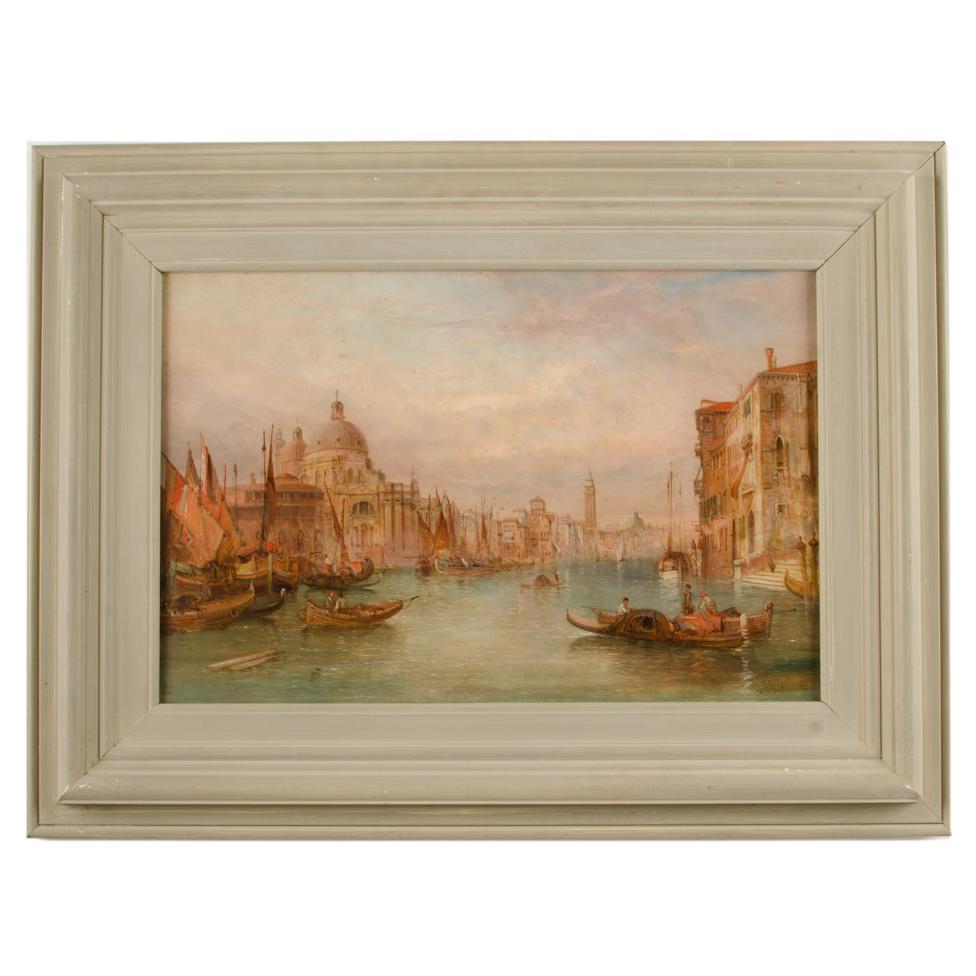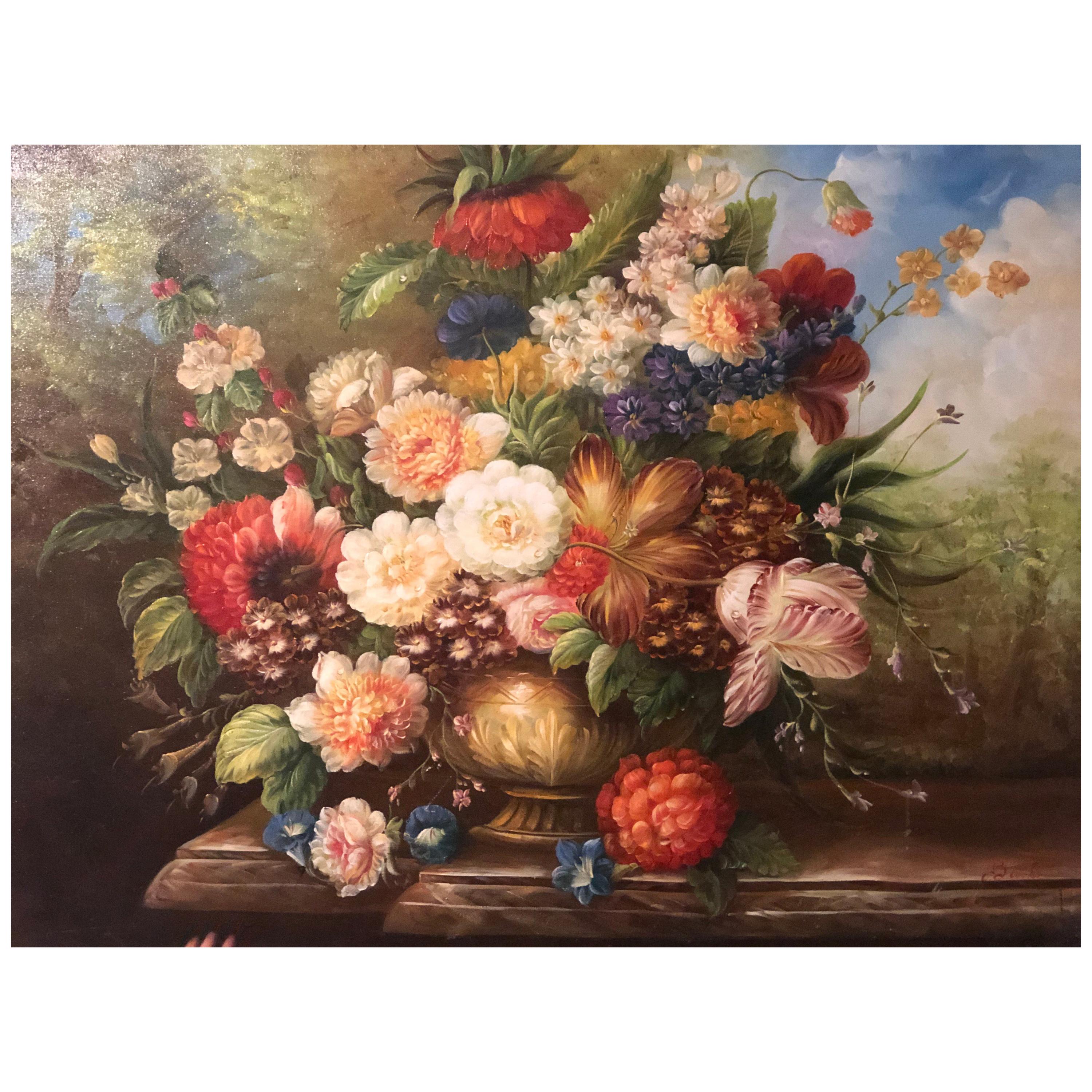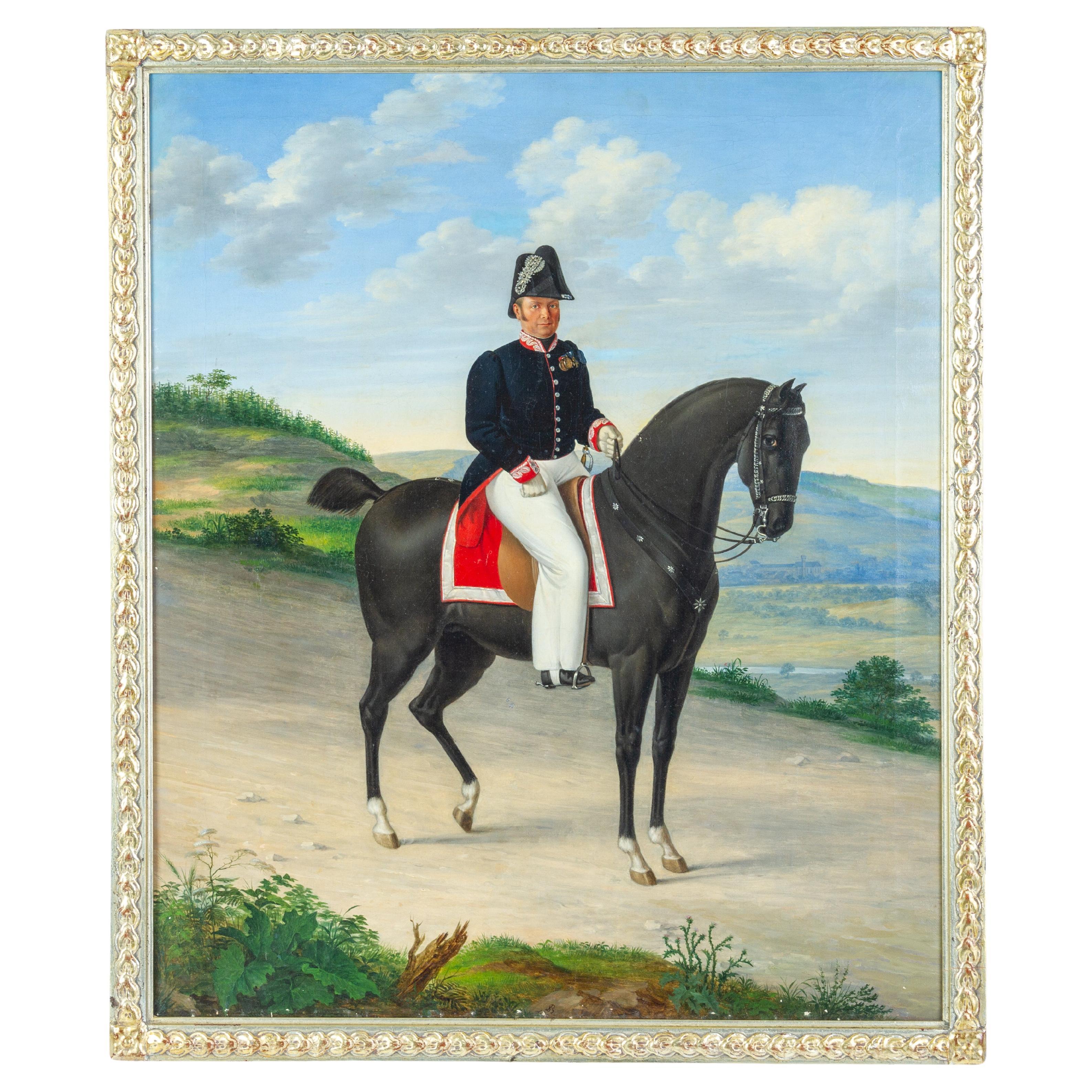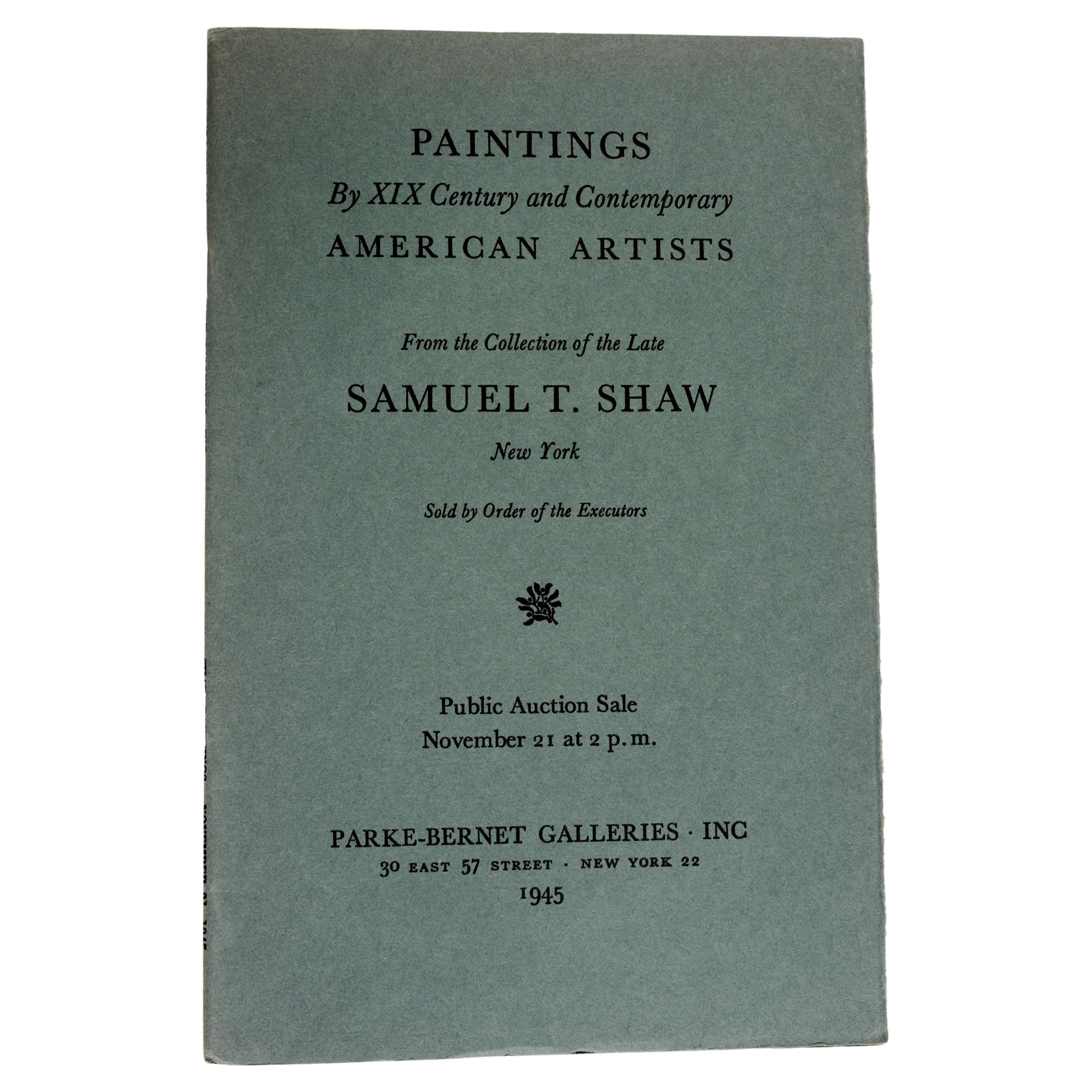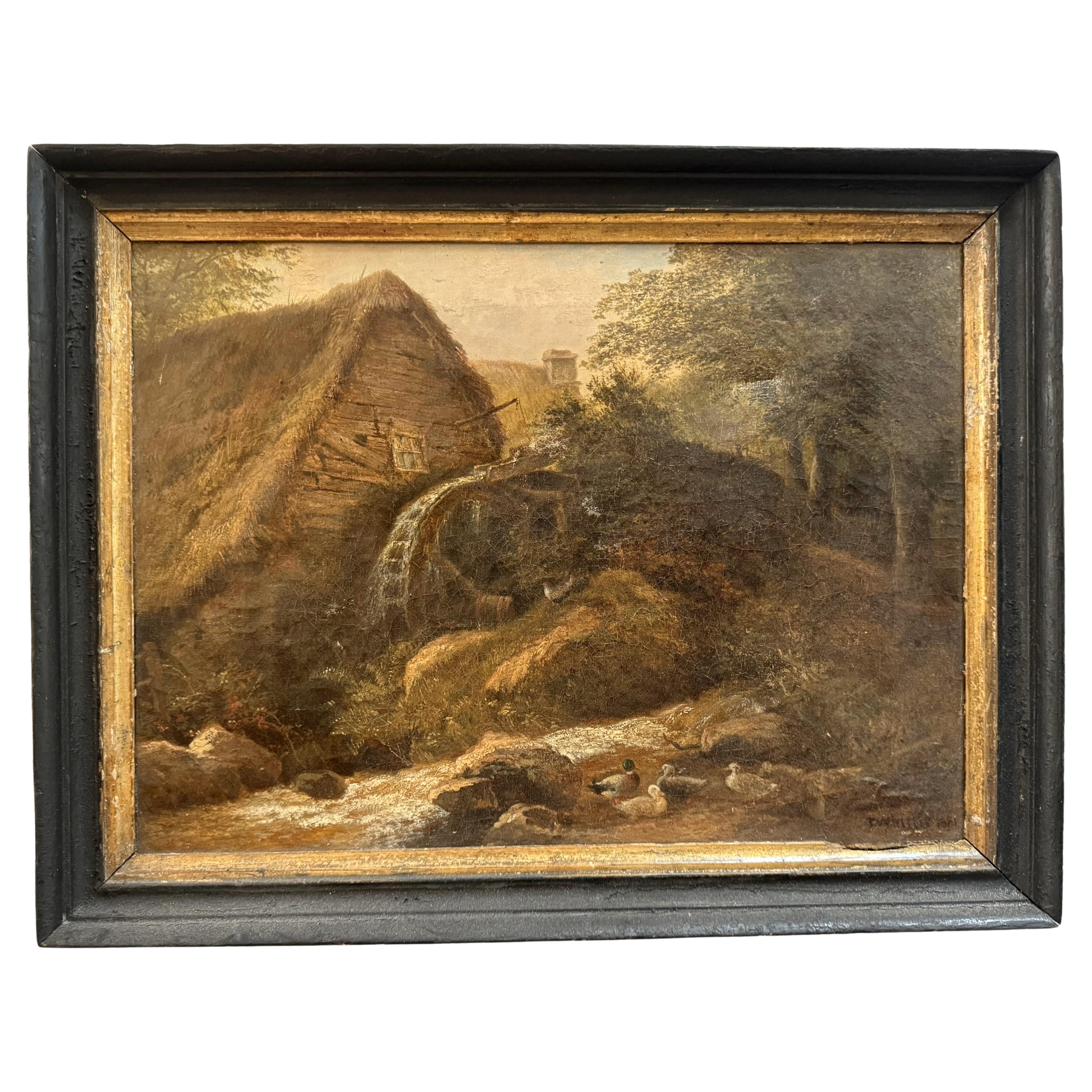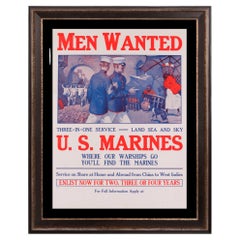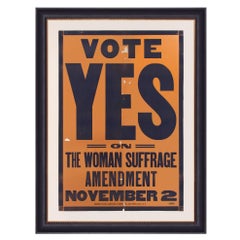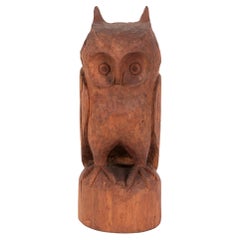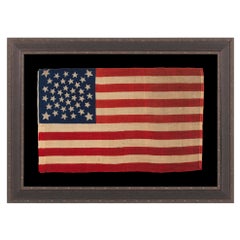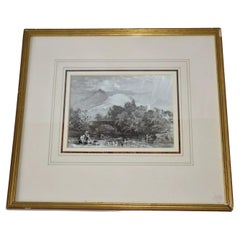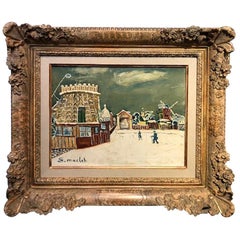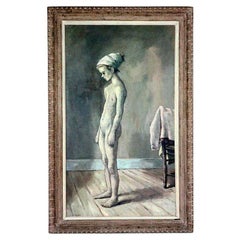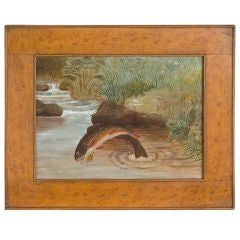
PAINTING: "LEAPING BROOK TROUT" by SAMUEL A. KILBOURNE (1836 - 1881)
View Similar Items
Want more images or videos?
Request additional images or videos from the seller
1 of 5
PAINTING: "LEAPING BROOK TROUT" by SAMUEL A. KILBOURNE (1836 - 1881)
About the Item
- Dimensions:Height: 12.75 in (32.39 cm)Width: 15.5 in (39.37 cm)Depth: 0.75 in (1.91 cm)
- Place of Origin:
- Period:
- Date of Manufacture:1860-1880
- Condition:
- Seller Location:York County, PA
- Reference Number:Seller: pnt-1371stDibs: U1104018497374
About the Seller
5.0
Recognized Seller
These prestigious sellers are industry leaders and represent the highest echelon for item quality and design.
Established in 1991
1stDibs seller since 2008
69 sales on 1stDibs
Typical response time: 8 hours
Authenticity Guarantee
In the unlikely event there’s an issue with an item’s authenticity, contact us within 1 year for a full refund. DetailsMoney-Back Guarantee
If your item is not as described, is damaged in transit, or does not arrive, contact us within 7 days for a full refund. Details24-Hour Cancellation
You have a 24-hour grace period in which to reconsider your purchase, with no questions asked.Vetted Professional Sellers
Our world-class sellers must adhere to strict standards for service and quality, maintaining the integrity of our listings.Price-Match Guarantee
If you find that a seller listed the same item for a lower price elsewhere, we’ll match it.Trusted Global Delivery
Our best-in-class carrier network provides specialized shipping options worldwide, including custom delivery.More From This Seller
View AllMarine Corps Recruitment Poster by Sidney Riesenberg ca 1910-1916
Located in York County, PA
EXTRAORDINARY MARINE CORPS RECRUITMENT POSTER BY SIDNEY RIESENBERG (1885-1971), WITH SHARPLY APPOINTED OFFICERS STROLLING IN AN EXOTIC LOCAL, LIKELY DERNA OR MARRAKESH (i.e., “THE SH...
Category
20th Century American Political and Patriotic Memorabilia
Materials
Paper
Price Upon Request
Graphic American Suffragette Poster Commissioned by the Empire State Campaign
Located in York County, PA
RARE & BOLDLY GRAPHIC AMERICAN SUFFRAGETTE POSTER, COMMISSIONED BY THE EMPIRE STATE CAMPAIGN COMMITTEE, CARRIE CHAPMAN CATT’S GROUP, circa 1915
Extremely rare and boldly graphic Suf...
Category
Vintage 1910s American Political and Patriotic Memorabilia
Materials
Paper
Carved Owl by Henry Winter, Setauket, New York ca 1920-1930
Located in York County, PA
CARVED OWL BY HENRY WINTER, SETAUKET, NEW YORK, circa 1920-1930's
Carving of an owl by folk artist Henry Winter (1897-1982) of Setauket (Long Island), New York, with pleasant, reddi...
Category
Mid-20th Century American Sculptures and Carvings
Materials
Wood, Softwood
38 Star American Flag, Colorado Statehood, Made by Horstmann Brothers ca 1876
Located in York County, PA
38 STARS, COLORADO STATEHOOD, A SCARCE AND BEAUTIFUL ANTIQUE AMERICAN FLAG WITH A MEDALLION PATTERN AND 4 LARGE CORNER STARS, PRESS-DYED ON WOOL BUNTING, MADE BY HORSTMANN BROTHERS I...
Category
Antique Late 19th Century American Political and Patriotic Memorabilia
Materials
Wool
38 Star Antique American Flag by Horstman Brothers, Colorado Statehood, ca 1876
Located in York County, PA
38 CANTED STARS IN STAGGERED ROWS, ON A CLAMP-DYED, WOOL, ANTIQUE AMERICAN FLAG MADE BY THE HORSTMANN BROTHERS IN PHILADELPHIA, ALMOST CERTAINLY FOR DISPLAY AT THE 1876 CENTENNIAL EXPOSITION; A VERY RARE EXAMPLE WITH STRONG COLORS AND GREAT TEXTURE; REFLECTS COLORADO STATEHOOD
38 star American flag, press-dyed on wool bunting, with wonderful texture and great colors. Made by Horstmann Brothers of Philadelphia, a major military outfitter, the flag is signed along the hoist with a black stencil.
The stars of the flag are arranged in lineal rows of 8-7-8-7-8. Note how these are universally canted, with one point directed at roughly 11:00, when the flag is viewed on the obverse (front).
This particular style of flag, from Horstmann, is exceedingly rare. Measuring approximately two by three feet, I know of just four examples in total, including this flag, all of which I have had the great privilege to own. The first two I acquired about 20 years ago. I was not yet taking digital imagery at the time, and cannot seem to locate them among my files of hard copy prints and negatives. I believe they displayed in the same configuration of staggered rows. The example that I owned more recently bore the staggered row layout, but had exceedingly crude printing, whimsical and interesting in its own right. All, I believe, have displayed their stars slightly canted at an angle, like the flag that is the subject of this narrative.
A close variation that I acquired about 11 or 12 years ago also had canted stars. It was in the same scale and shared the same 8-7-8-7-8 distribution, but the rows were not staggered. Instead these were justified toward the fly end. Because the spacing was inconsistent, the resulting formation was not what one might expect, with perfect spaces for two additional stars along the hoist end (a “notched” pattern).
Horstman flags made of press-dyed wool sometimes had formal bindings, sometimes had a length of fabric tape stitched along the hoist, and sometimes had no binding at all. This one has a traditional binding, made of heavy cotton twill, in the form of an open sleeve, treadle-sewn along the hoist. Near the top of this, “2 x 3 Ft.” appears in a black inked stencil, near the top, accompanied by “Horstmann. Phila.” Near the bottom.
Colorado became the 38th state on August 1st, 1876. This was the year of our nation’s 100-year anniversary of independence. Per the Third Flag Act of 1818, stars were not officially added until the 4th of July following a state's addition. For this reason, 37 was the official star count for the American flag in 1876. Flag-making was a competitive venture, however, and few flag-makers would have continued to produce 37 star flags when their competitors were making 38’s. It is for this reason that 38 and 13 stars (to represent the original 13 colonies) are more often seen at the Centennial Expo.
Some flag-makers would have been adding a star for the 38th state even before it entered the Union, in the early part of 1876 or even prior. In fact, many makers of parade flags were actually producing 39 star flags, in hopeful anticipation of the addition of two more Western Territories instead of one. But the 39th state would not join the Union for another 13 years, when the Dakota Territory entered as two states on the same day. The 38 star flag became official on July 4th, 1877 and was generally used until the addition of the Dakotas in 1889.
Press-dyed wool flags are scarcer than those printed on cotton and silk. Because parade flags were often intended for one day's use at a parade, political rally, a reunion of soldiers, or some other patriotic event, most were made of cotton. While cotton absorbs water, short-term use precluded the need for anything more hardy. Because the Centennial Exposition lasted for a period of six months, it required decorative flags that would sustain being flown for a longer time and withstand the elements. It is reasonable to assume that press-dyed wool flags were adapted for precisely this purpose, because wool sheds water is suitable for extended outdoor use. Previous to this time they primarily saw military function.
A Brief History of the Horstmann Company:
William H. Horstmann (1785-1850) was the founder of what would become a major military outfitter in both Philadelphia and New York City. A solider and fourth generation passementier (textile weaver), he emigrated to the United States from Germany in 1816 and settled in the Germantown area of Philadelphia, where there was a significant concentration of textile manufacture. There he married the daughter of the most successful lace manufacturing firm, and started his own business in coach lace and military goods at the corner of 59 North 3rd Street. He imported looms from Germany and elsewhere and maintained a regular trade with his family in Europe. The company grew exponentially in size and had many addresses over its years of operation. In 1828, the William H. Horstmann Military Store opened. In 1843 it became William H. Horstmann & Sons Military Store, and in 1859 it was taken over by sons, Sigmund H. and William J., and began to operate as Horstmann Bros. & Co. The company manufactured its own goods, including flags, swords, drums, insignia, and many other items, and it subcontracted their manufacture as well, depending on financial sensibility. There were investors along the way, such as William S. Hassall and George Evans, who broke off and began their own large and successful firm. The New York branch changed its name in 1877 to that of a Horstmann partner, H.V. Allien. Both Philadelphia and New York branches filed for bankruptcy and closed in 1948.
Because of its Philadelphia location, Horstmann was in a unique position to supply flags and banners to the 1876 Centennial International Exposition, and thus served an integral role in decorating the enormous, six-month long event. It is logical to presume that this extremely interesting and rare flag...
Category
Antique 1870s American Political and Patriotic Memorabilia
Materials
Cotton
Full Wrap Silk Suffragette Sash in Green & White, by Sylvia Pankurst 1908
Located in York County, PA
FULL, WRAP-AROUND, SILK SUFFRAGETTE SASH IN GREEN, WHITE, & VIOLET, WITH "VOTES FOR WOMEN" TEXT, DESIGNED BY SYLVIA PANKHURST FOR THE WOMEN’S SOCIAL & POLITICAL UNION (U.K.), LIKELY ...
Category
Antique Early 1900s English Political and Patriotic Memorabilia
Materials
Silk
You May Also Like
Samuel Palmer 1805-1881 Watercolour Painting
Located in London, GB
Samuel Palmer 1805-1881 Watercolour Painting
Dimensions:
With Frame: 30 x 33 cm
Without Frame: 12 x 16 cm
Samuel Palmer (1805–1881) Original Watercolor Painting – Framed
This origin...
Category
Antique 19th Century Paintings
Materials
Paper
Painting by Elisee Maclet '1881-1962'
By Élisée Maclet
Located in Houston, TX
Elisee Maclet (1881-1962)
Very well listed French artist. Studied in Paris, was influence by many famous French artists of the beginning of the 20th ce...
Category
Vintage 1930s French Other Paintings
Materials
Canvas
Trout Collection Original Oil Paintings by Greg Parker
By Greg Parker
Located in Coeur d'Alene, ID
Oil on canvas; 12" x 24" each. Set of four trout still life on rocky beach - brown trout, rainbow trout, brook trout and cutthroat. North Idaho artist. Gre...
Category
2010s American Paintings
Materials
Paint
Alexander Brook Painting Dated 1955
By Alexander Brook
Located in Hudson, NY
Signed dated ad titled “The Irresistible Landscape”. This painting was personal to the artist as Brook was born on July 14, 1898 ad at the age of twelve was bed-ridden with Polio. This painting is a self-portrait showing the artist looking out the windows of the room he rarely was able to leave.
This painting was exhibited at the Pennsylvania Academy of Fie Arts ad the Ogunquit Museum Of America Art, exhibition tags from both institutions are attached to the stretcher en verso.
Born in Brooklyn, New York, Alexander Brook was a realist painter, whose works consisted mostly of still-life subjects, landscapes, and figures, often of women. He was very successful in his day, winning second prize to Picasso's first prize at the Carnegie Institute International Exhibition of Modern Painting in 1930. In New York, he studied at the Art Students League between the years of 1914-1918. It was at the Art Students League that Brook developed significant relationships with Niles Spencer, Reginald Marsh, Kenneth Hays Miller, Yasuo Kuniyoshi and, perhaps most significantly, Peggy Bacon, whom he married in 1920. Along with Kenneth Hayes Miller, Brook studied with John C. Johansen, Frank V. DuMond, George Bridgeman and Dimitri Romanofski. Within this group lay the foundations of American Realism. Brook was a member of the Society of Independent Artists, who rebelled against the strictures of the National Academy of Design. In 1938 Brook traveled to Savannah, Georgia, there he did some of his most provocative work. After two years in the South, Bacon and Brook were divorced. Brook later married the painter Gina Knee.
During the years 1928 through 1939, Alexander Brook had works in over one-hundred exhibitions, fifteen of which were one man shows. By 1942, Brook had resumed teaching at the Art Students League. Demand for the artist's work kept him in significant collections, galleries, and museums, including the Downtown Gallery (New York), the National Academy of Design, the Rehn Gallery, the Larcada and the Knoedler galleries. Some feel Brook may have retreated from the art world with the rise of Abstract Expressionism, although a sketchbook that he kept from 1949 to 1951 reveals an active engagement in painting and served multi purposes--a repository for his ideas, an address book, notebook, and travel diary. Of special interest are his notes on watercolor technique. It also includes tips for using new painting tools...
Category
Vintage 1950s American Mid-Century Modern Paintings
Materials
Canvas, Paint
Samuel Reindorf Painting + A signed Book
By Samuel Reindorf 1
Located in New York, NY
Pastel scene by Samuel Reindorf "Americana" Titled "Red Boat" is accompanied but his signed book. Signed Lower right. The Original Frame is made of Wood, leather and glass.
Category
Vintage 1970s American American Classical Paintings
Materials
Paint, Paper
$1,700 Sale Price
50% Off
Vintage Impressionist Painting Children on Horseback by Brooks Woollcott Powell
Located in Topeka, KS
Incredible impressionist style painting on hardboard of children on horseback signed Brooks Woollcott (now Powell). It is in good original condition with its original black painted wood frame. We have stabilized the frame and added a new coat of paint, circa 1940-1960s.
This original impressionistic painting has the most extraordinary color pallet from pink to coral, turquoise to blue, green to chartreuse, and bright yellow with touches of black. It depicts two children, seemingly a girl and boy, on horseback. It is done in the style of Chagall with a little Picasso and Matisse thrown in. It also has a feel of Margaret Keane and her Big Eyes paintings...
Category
Mid-20th Century Mid-Century Modern Paintings
Materials
Wood, Masonite
